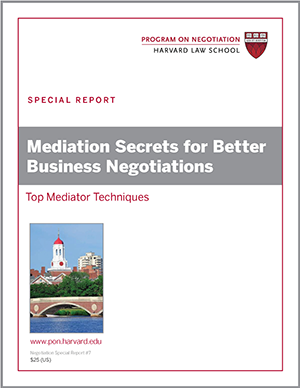
Back in 2000, James Brown, the legendary “Godfather of Soul,” signed a will leaving most of his estate—valued up to $100 million—to provide scholarships to needy children. In an audio tape, the musician explained that he hoped to cement his legacy with these good deeds. In the will, Brown also set aside scholarship funds for his seven grandchildren and divided his personal property, including his famous costumes, among the six children he recognized. According to the will, any heir who challenged his plans would be disinherited, the New York Times reports.
That didn’t stop them. After Brown’s death in 2006, many of his descendants sued to overturn the will and remove the executors he had appointed, saying they had pushed him into disbursing his wealth in a way that would benefit them personally. The executors resigned—one amidst accusations of misappropriation of Brown’s money—and were replaced.
In 2008, the South Carolina attorney general redirected some of Brown’s assets to his children and to singer Tommie Rae Brown, who had a complicated relationship history with Brown but who recently was ruled to have been his wife at the time of his death. In 2014, the South Carolina Supreme Court overturned the new arrangement, saying it went against Brown’s wishes as clearly expressed in his will.
A lower court judge, Circuit Judge Doyet Early III, was left to oversee Brown’s estate under the watchful eye of would-be heirs, executors, and other interested parties. Some of Brown’s children reportedly plan to appeal the ruling declaring Tommie Rae Brown to be their father’s wife. Meanwhile, Brown’s body rests in a temporary mausoleum at the home of one of his daughters, awaiting final decisions. The family reportedly hopes to create a tourist attraction, modeled on Elvis Presley’s Graceland, in Brown’s South Carolina mansion, according to the Times.
Judge Early has scheduled a mediation hearing aimed at definitively settling the feud over Brown’s estate, which has dragged on for nine years. Due to the ongoing dispute, Brown’s estate has not yet distributed any scholarship funds to needy children.
Given the number of disputants in the case, it is expected to be a complex mediation: When asked how many people would be attending, Tommie Ray Brown’s lawyer, Robert Rosen told the Times, “I don’t know, 20, maybe 30?”
Despite the daunting clamor of interests in this mediation, the dispute mediation process may prove to be more effective at resolving the dispute than the ongoing litigation has been.
As compared to litigation, mediation has a number of characteristics that make it an effective dispute resolution process:
Mediation tends to be less expensive than litigation, and it usually moves much faster, thus reducing legal fees and other costs in addition to achieving a relatively swift resolution.
By removing a dispute from the glare of a public courtroom, mediation gives disputants the privacy they need to fully express and discuss their opinions, interests, and feelings with one another.
Because mediators encourage disputants to collaborate together on an agreement, mediation can achieve greater buy-in from the parties involved than litigation often does. It’s true that, because disputants have the power to reject proposals and walk away, mediation is less likely than litigation to end with a definitive decision regarding the future.
However, the knowledge that they will end up back in the courtroom if the mediation fails can be a powerful motivator for disputants.
Related Article: What are the Three Basic Types of Dispute Resolution? What You Need to Know About Mediation, Arbitration, and Litigation






What’s the point of leaving a will if it will be disputed after your death? The Courts should grant James Brown’s wishes and go by the letter of the will.